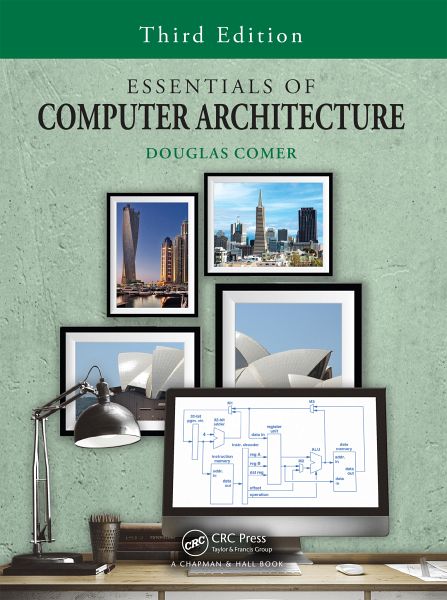Nicht lieferbar

Essentials of Computer Architecture
Written from a programmerâ s point of view, this book covers the three key aspects of architecture: processors, physical and virtual memories, and input-output (I/O) systems.

Rechnungen
Bestellstatus
Retourenschein
Storno